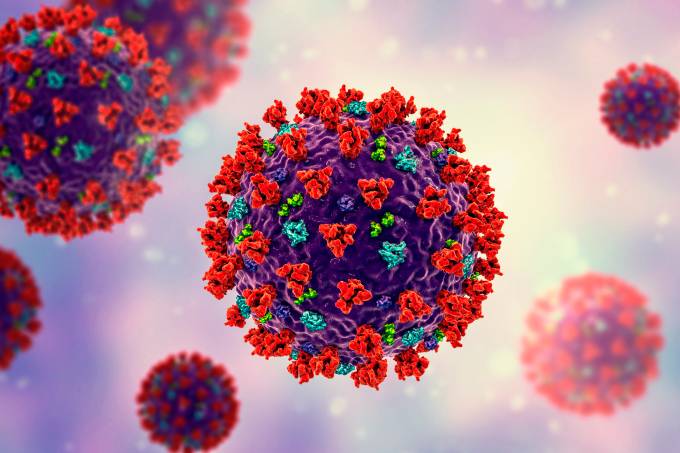Protocol Detail


MENINGOCOCCAL DISEASE
Meningococcal disease describes infections caused by the bacterium Neisseria meningitidis (also termed meningococcus). It carries a high mortality rate if untreated but is a vaccine-preventable disease.
Diagnosis
Occurs in endemics with seasonal peaks in winter & spring.
Often follows other non-specific viral illnesses.
Have a high index of suspicion or you will miss it!
Always assume the worst-case scenario, look for it & admit treat for it until you can confidently exclude it.
Commonest in 0-4 & 15-25 years of age.
Consider in any child or adult with:
· Fever that responds poorly to Paracetamol,
· Pallor inconsistent with fevers, rigors,
· Painful joints, myalgia,
· Headache, neck stiffness, photophobia (meningitis) – in 30%,
· Septicaemic rash in 40% - any haemorrhagic rash, particularly the classical rapidly evolving, pinprick petechiae or purpura that does nnot blanch under ppressure, very non specific rashes also occur.
· Vomiting or nausea, diarrhea.
· Atypical pneumonia
· Lethargy, drowsiness, irritability
· Moaning & unintelligible speech
Do not exclude this diagnosis just because there is no rash or because the rash blanches!
Don’t wait for a rash before treating.
Ensure child is fully undressed & the whole body is seen.
Beware, can deteriorate very rapidly.
Antibiotics (usually benzlpenicillin) may already have been given by a GP if referred for investigation & admission (meningococci can still be isolated from nasopharyngeal swabs or PCR tests).
Do not withhold antibiotics while waiting for results if you consider this diagnosis.
Mortality is 50-1005 if untreated.
Management
1. ABC’s, Oxygen & Resuscitation as required,
2. Involve Medical Officer at early juncture,
3. IV access,
4. FBC, U&E’s, LFT’s, CRP, Blood Cultures, Coagulation Studies (if petechial rash or active bleeding) .Venous gasses (or ABG’s if sick),
5. PCR serology for meningococci,
6. Throat & nasopharyngeal swabs, consider skin lesion aspirates (cultures need to be incubated ASAP & not allowed to cool),
7. Urinalysis (Midstream Urine Sample)
8. CXR
9. Lumbar Puncture (defer if reduced level of consciuousness, focal neurology, vomiting)
10. Consider CT head
11. Definitive treatment is with Ceftriaxone IV 50 mg/kg (up to 2 g),
12. Use Chloramphenicol in patients with allergy to Cephalosporins
13. IV fluids to rehydrate & maintain volume
14. Referral for ICU therapy as indicated
15. Itubate & ventilate children early
16. Continually review for DIC, multi-organ failure, ARDS, hypoxia
17. Admitted patients will need to be isolated
18. Contact tracing for prophylactic treatment will be required within 24 hours
Department of Infectious Diseases will need to be notified or presumed or confirmed meningococcal disease.









